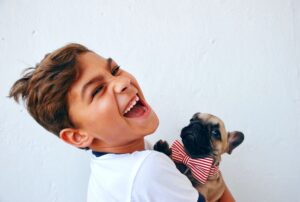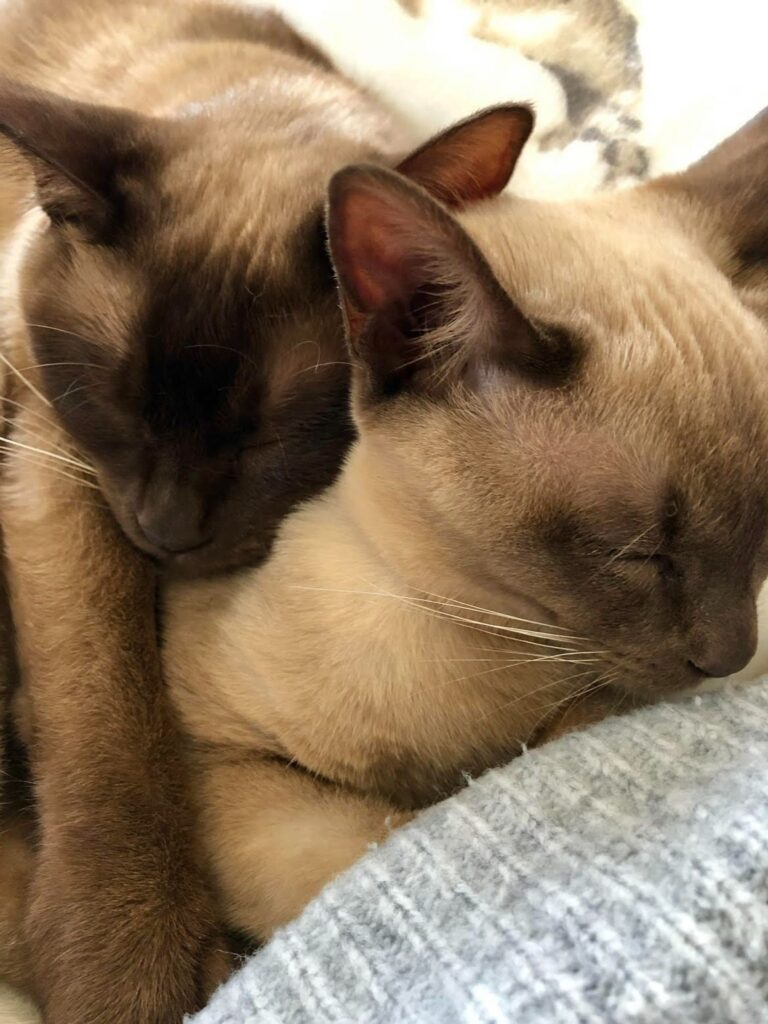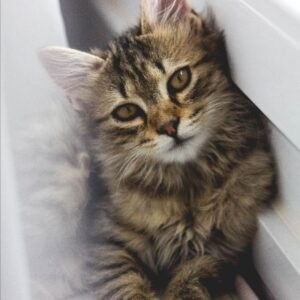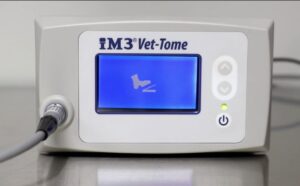Keeping you informed
Newsletter September 2021

Guess What Willow The Burmese Cat Accidentally Ate?
Does your cat like to eat strange things? Have a read below about what Willow ate and the life-saving surgery he had.
Spring has arrived and with that comes ticks, so a reminder to ensure your pet is up-to-date with the best tick preventatives. If you’re unsure what to use, you can find our tick recommendations here. You may have noticed that our practice has been undergoing some renovations downstairs, to allow this space to be better utilised to care for our furry friends.
Under the current NSW Health advice, clients are not currently permitted indoors, but your pets are very welcome, so after your pet is handed over to our animal-loving team, our vets are doing contactless veterinary consultations on the phone to remain in contact with you during your pet’s visit.
The easiest way to book a veterinary consultation is to Book Online via our website at www.turramurravet.com.au or using our online booking system. Our vets are also happy to conduct a telehealth consultation where suitable, to allow extra flexibility for clients.
The Positive Effect of Pet Ownership on Human Wellbeing
Author: Dr Pip Wines – Senior Veterinarian
As vets, we are all aware of the positive effect that pet ownership has on human well-being. All of our staff at Turramurra Veterinary Hospital are devoted pet parents ourselves, and in addition to our own pets, get the added bonus of a daily fix of cuddles, purrs and tail wags at work.
Pet ownership is known to decrease loneliness, social isolation, stress and depression across all ages by creating companionship and responsibility. Playing with a dog or cat is known to decrease blood pressure, cholesterol and even triglyceride levels. Some of these positive outcomes could be associated with increased activity levels when owning a pet.
There is a huge focus on the mental health of our youth. I know of many cases where parents of teenagers who are struggling with their well-being notice a significant turnaround when their child is given a pet or encouraged to be the main caregiver for their family pet. Pet ownership has been known to reduce the ‘stress hormone’ called cortisol. During this current lock down, it is heartening to see kids walking with a friend and their dog, chatting happily and importantly away from their screens and devices!
Click here to read the full article on the positive effects of pet ownership.
Top 5 Safety Tips for Raising Dogs with Kids
Author: Katie Bedrossian – Pet Behaviour Consultant
Did you know that 84% of dog bites to children in Australia are from a dog well known to the child (either living in the household or belonging to a close friend or relative)? Let’s ensure your dog and child do not join these statistics.
Here is my top 5 tips for raising dogs with kids safely:
- Supervise or separate. Any child under the age of 10 or any child not experienced with having a dog should be supervised without distraction when with a dog. If you can’t supervise this closely, separate so they can’t interact physically.
- Be aware of dog body language. A growl is NOT the first indicator of trouble. Dogs have a variety of early signals indicating that they are not keen on the interaction well before a growl occurs. These include movement away rather than towards, ears pinned back, extended yawns, lip licks, shake offs, tense muscles, showing the white of the eyes. Identify and interrupt the interaction here. Younger children do well with being redirected to a valued activity, e.g “let’s do some colouring in” rather than “no, stop that, move away”.
- Teach children to respect a dog’s space. Ensure your child never disturbs a dog when they are resting, in an enclosed space (including when tethered), eating or if they have something in their mouth. Hugging and kissing should also be discouraged as it is not natural for dogs and puts your child’s face too close to your dog.
Click on the link to read the full article on raising dogs with kids safely.
Pet Of The Month: Willow Murray
Meet little Willow!
This adorable Burmese kitty recently found herself in a spot
of bother when she decided that her human’s hair ties were a tasty treat!
Luckily Miss Willow’s family noticed that she wasn’t quite herself, and after a thorough physical examination and x-rays, it was clear that the hair ties were stuck and required surgery by our skilled veterinary team. Willow underwent an exploratory surgery and a total of FIVE hair ties had caused a complete obstruction of her small intestinal tract. After a delicate extraction process by Dr. Noni, we are happy to report that Willow has made a full recovery and is back to racing around her home with her sister, Smoky.
Willow will receive this tasty bag of food from Hill’s. Hopefully Willow will
learn her lesson to stick to cat food in the future!
Staff Profile: Amanda – Customer Care
1) What was your inspiration for working in a veterinary practice?
If you asked me when I was a little girl what I wanted to be when I grew up, the answer was always the same – I want to work at the vet or in a zoo! I somehow ended up in finance for the past 20 years but my dream of working with animals was never far from my mind. So I took this leap of faith and haven’t looked back!
2) What was something surprising you learnt about working in a veterinary practice since joining our team?
Behind the scenes are some of the most amazing, caring and brilliant people I have ever met, who even on the tough days, work so hard as a team and support one another every day.
Click on the link to read the full profile.
Feline Friends: Why Does My Cat Headbutt Me?
You may have noticed that when your cat is feeling happy, they communicate their emotions via an abrupt headbut, followed by your cat rubbing his or her cheek on you.
Known as bunting, cats have an ulterior motive to this movement and the answer lies in the glands in their face, known as the circumoral glands. These tiny glands are located just outside the mouth and produce a pheromone which marks the area they headbutt as safe territory.
Cats will also headbutt inanimate objects around them, such as furniture, so it’s not just about marking their scent on you. If your cat does mark their scent on you, through bunting, then you can be sure your cat trusts you and feels a strong bond with you. Other cats may show their affection in other ways, so the lack of a headbutt doesn’t mean your cat isn’t interested in socialising with you.
Innovations: Using the Vet-Tome for Pet Dentistry
Sometimes pets need tooth extractions performed and our Vet-Tome dental instrument allows this to be performed with minimal trauma to the gums and bone surrounding the tooth. This modern technology uses a gentle oscillating motion to weaken the periodontal ligament around the tooth, resulting in the tooth to loosen and be extracted.
This dental instrument has a flexible metal tip and does not generate heat, so is a safe way to remove teeth with the least amount of tissue trauma, reducing the risk of tooth root fracture during extraction.
Designed by Australian-owned company iM-3, the Vet-Tome reduces the time it takes to extract teeth, which means your pet is under anaesthesia for a shorter duration of time.













